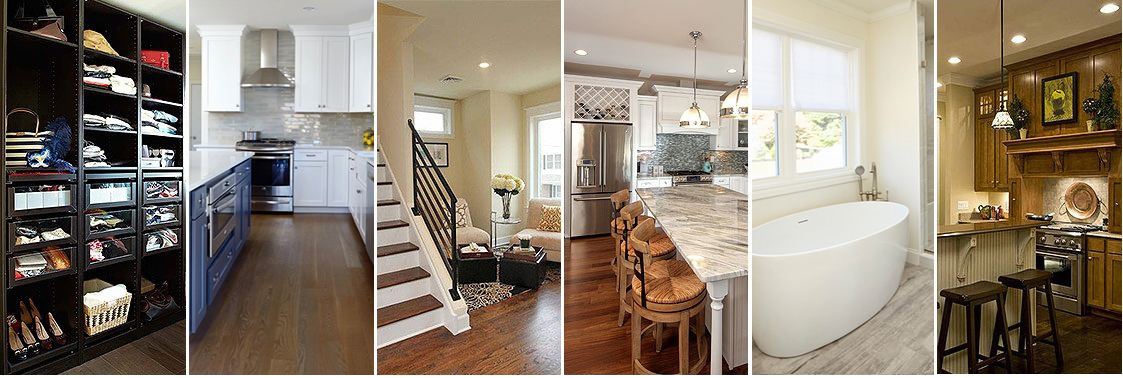
6 Reasons To Build Modular
Custom. Strong. Efficient. Faster. Better. Controlled.
Custom:
- Limitless design options and precision engineering with the use of Computer Aided Design (CAD); allows for customization in floor plans and elevations.
- Built with the same architectural details as traditional construction, and typically built to exceed local codes, modular homes are indistinguishable from their site built counterparts.
Strong:
- Built with 20% more lumber than a traditional site built home.
- Built with more framing and more fastening materials to withstand the stress of being shipped on a truck and lifted by a crane. Modular homes are stronger than site built homes.
Efficient:
- Modular homes are “greener” than site built homes because they are more tightly constructed, and thus more energy efficient.
- Reduced air infiltration, tighter construction tolerances and the use of high performance windows reduce energy consumption, provide for a quieter home, reduces moisture, and blocks bugs and rodents from entering the home.
Faster:
- Site work can be completed while the house is being built.
- Shorter construction time saves money on construction financing, alternative living costs, and storage expenses.

Better:
- Built in a state-of-the-art controlled facility which integrates best practices, work flow, and full time skilled craftsmen dedicated to each project.
- Wall, floor, and ceiling components are sized, assembled and aligned with laser precision.
- Homes are built to national building code standards, which typically exceed local and state codes.
Controlled:
- Fixed pricing from the factory provides predictable costs, fewer change orders and no risky open ended allowances.
- Planning is complete prior to the start of construction, preventing expensive cost overruns and material delays.
- More efficient scheduling and construction sequences optimize quality control.
- Modular construction is more regulated, requiring higher, and more frequent levels of inspection and quality control.
- Materials are safely stored and secured, reducing the risk of mold, water damage, warping, vandalism or theft.
- The controlled factory environment allows maximum year-round productivity, reducing building costs and optimizing workmanship due to ideal, indoor working conditions.
